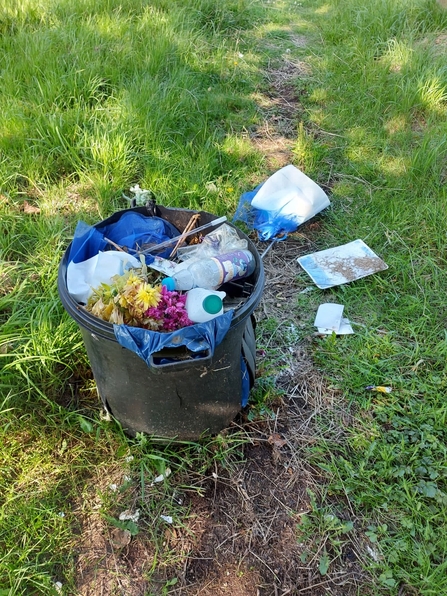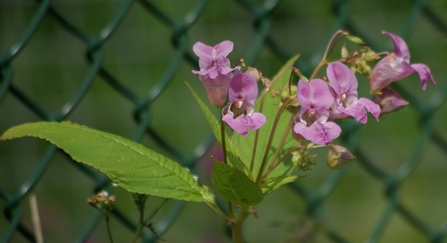Having focused on the churchyard’s biodiversity over the past few months, we wanted to bring your attention to several problems which threaten the biodiversity of this wildlife corridor in an otherwise urban environment. Firstly, a dead hedgehog was spotted on Manchester Road (a short distance from the main drive into the church). Certainly the victim of a speeding car, these delightful creatures have halved in number since as recently as the year 2000. Despite the busy road, the churchyard is an important habitat for hedgehogs as the trend for paving over gardens in the area contributes to habitat loss and, in turn, renders hedgehogs even more vulnerable.
Eco church diaries: July/August 2021

Secondly, litter continues to be a problem and is harmful to biodiversity. Worryingly, the churchyard fell victim to fly tipping this week, and not for the first time. Over the course of the pandemic we have noticed an increase in the amount of litter, perhaps due to the closure of nearby waste sites. This illegal activity is sometimes overlooked as an environmental hazard; not only an eyesore, it has serious implications for the health of both wildlife and humans. For example, toxic chemicals can pollute the soil and subsequently find their way into groundwater. This is a worry due to the underground streams in the churchyard and also the brook which flows into Doe Hey reservoir, a popular location for private fishing. It is also something that upsets the people who care for the church and churchyard, many of whom are elderly and would struggle to clear it. However, litter picks are sometimes organised as many like to visit this green space for the benefit of peace and reflection in a large town.

Himalayan balsam by Gillian Day
The third issue affecting biodiversity is the threat of invasive species. You cannot miss the bright green Himalayan balsam found in numerous places within the churchyard. Extremely fast growing, its flowers are very attractive to bees, but this comes at the expense of the pollination of smaller, native flowers. We also have Japanese knotweed - a plant you are bound to have heard of for all the wrong reasons! The weed has proved to be incredibly difficult to get rid of and can cause irritation to the skin and even damage to buildings.
We hope you have found this latest blog interesting, even though we have detracted from our usual focus on the more pleasant side of nature and wildlife. Even so, we would love for you to come and visit St Michael’s church and churchyard - now in its 170th year!

